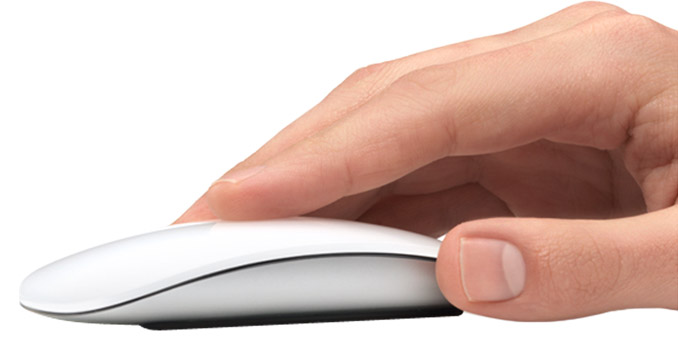Apple has a new patent application with the USPTO (via AppleInsider) for a better mouse that is far more sensitive to how much pressure a user applies with each click, and provides them with haptic (read: vibration) feedback to let them know what kind of input was registered when they clicked.
The mouse design would make it possible to click with less force to perform actions like selecting a file in finder or on the desktop, or to click harder to open that file or folder directly, possibly eliminating the need for double-clicks or even right clicks. The force detection in the mouse would also be paired with the capacitive touch detection that Apple currently employs in the Magic Mouse, so that force data could be combined with touch location data to produce different results.
As for the haptic feedback, its inclusion means that the mouse could be programmed to send feedback when different clicks are used, with the idea being to inform a user what kind of command they’ve just issued. Theoretically, then, you’d receive only light feedback when you did first-level, ‘softer’ clicks, and then more feedback as you execute harder clicks to perform different actions, like opening a file directly.
The improved mouse design would yet another example of Apple focusing on changing the input capabilities of its input tool without actually adding any physical buttons on the device’s surface. But Apple also doesn’t have the best track record with mouse design – the Magic Mouse is its best effort yet, but it’s still a device that gets a lot of flack from the user community. The Magic Mouse is approaching five years of availability, however, which means it wouldn’t be surprising if Apple was already working on the next generation.
